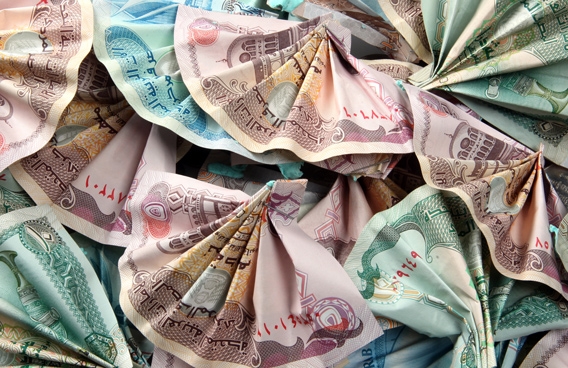According to the International Monetary Fund, (IMF), Abu Dhabi’s public expenditures reached an all time high of US$ 85.7 billion in 2011, against US$ 70.8 billion in 2010. The increase was driven by both current and development expenditures. Revenues also surged from US$ 52.3 billion in 2010 to US$ 76.5 billion in 2011, driven by an increase of 54.6% in hydrocarbon revenues which amounted to US$ 71.2 billion in 2011. As to non-hydrocarbon revenues, they reported a decline of 15.6% to reach US$ 5.3 billion in 2011. Despite a sharp rise in oil income, the emirate’s fiscal balance recorded a deficit albeit less than half the 2010 shortfall. The shortfall amounted to US$ 9.2 billion in 2011, against US$ 18.5 billion in 2010.
Abu Dhabi, the main oil producer in the UAE, has recorded fiscal gaps over the past three years because of a post-crisis expansionary financial policy intended to cushion the downward pressure of the 2008 global distress on its economy. The deficit grew to its highest level of US$ 31.8 billion in 2009 after a sharp fall in crude prices depressing the emirate’s revenues to US$ 40.1 billion from US$ 83.2 billion in 2008. Despite the fall, spending soared to US$ 71.8 billion in 2009 against US$ 51.0 billion in 2008.
The Mena Weekly Monitor – Bank Audi
27 June























































